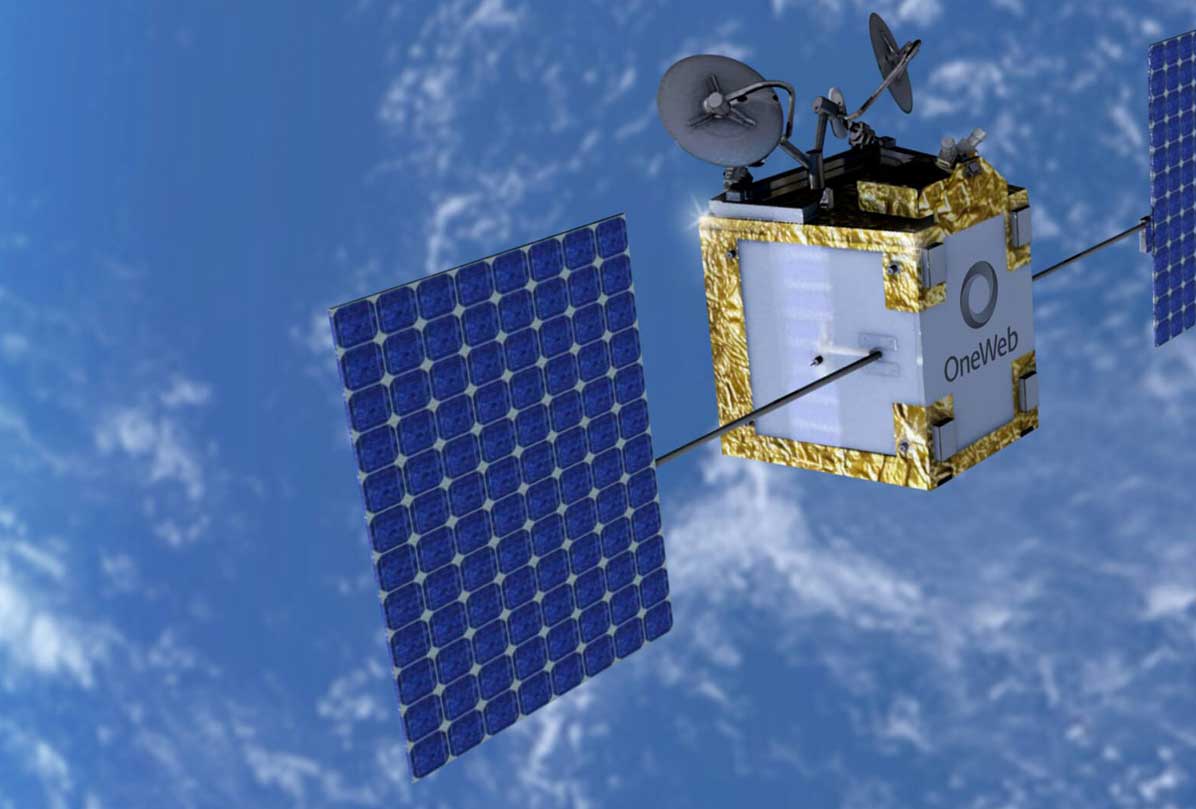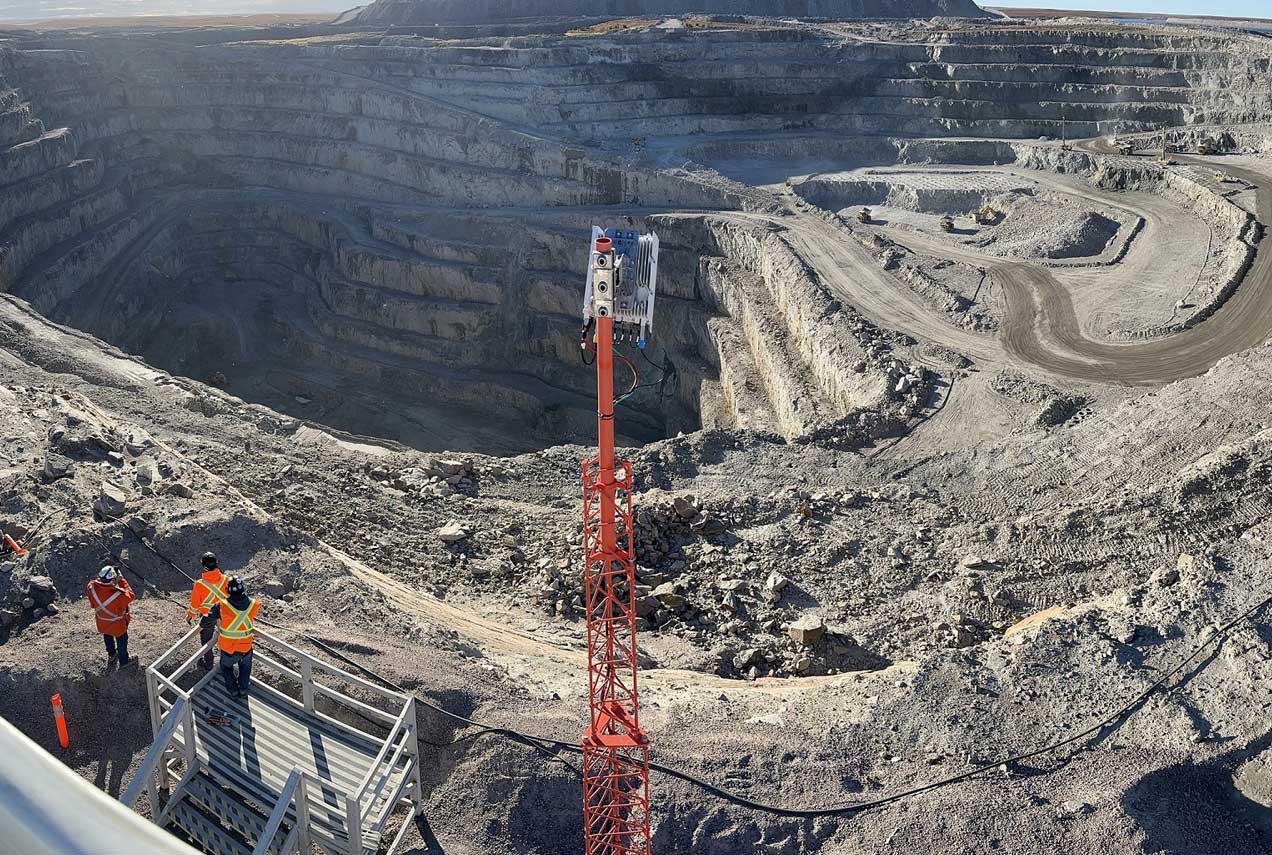Reliable internet connectivity is necessary for businesses operating in remote locations, mobile environments, or vessels. Flat panel satellite antennas offer a powerful, compact solution – delivering the high-speed internet that traditional terrestrial networks often can’t reach.
This guide covers the benefits of flat panels, major players in the market, and the steps involved in their installation.
Communication providers can streamline their service offerings by partnering with expert installation companies like NTFS. Our technicians specialize in flat panel satellite antenna installation, ensuring a seamless process and optimized connectivity so you can focus on delivering reliable solutions to your clients.
Key Takeaways
- Flat panel antennas are compact, lightweight, and easier to install than traditional satellite dishes.
- They offer reliable internet access in remote areas, making them ideal for industrial and mobile applications.
- Major players in the North American market include Kymeta and Intellian.
- Installing a flat panel antenna can be complex; partnering with an experienced technology provider like NTFS simplifies the process.
How do Flat Panel Satellite Antennas Work?
Flat panel satellite antennas revolutionize connectivity by employing a sophisticated technology called active electronically scanned arrays (AESA). Unlike traditional dish antennas that rely on motors to physically point toward the satellite, AESA flat panels use a smart combination of multiple tiny antennas and advanced electronics.
Imagine a flat surface covered in a grid of miniature antennas. Each of these tiny antennas can transmit and receive radio signals. By electronically controlling the timing (phase) and strength (amplitude) of the signal from each antenna element, the AESA system can combine its power to create a single, powerful, and precisely aimed beam of radio waves. This beam can be steered electronically in any direction, like a searchlight, without moving the flat panel.
The key advantage of AESA systems is their ability to rapidly adjust the direction of the radio wave beam using electronic controls instead of heavy motors. This allows the antenna to track multiple satellites in different sky parts, even as they move. This is essential for maintaining a reliable connection with constellations of LEO satellites, which zip across the sky much faster than traditional geostationary satellites. With a traditional dish antenna, the moment a satellite dips below the horizon, the connection is lost. But a flat panel antenna with AESA can quickly switch beams to lock onto the next satellite in line, ensuring a smooth and uninterrupted connection.
Flat Panel Applications in Modern Industry
Flat panel satellite antennas offer a multitude of advantages over traditional counterparts, making them the go-to choice for various industrial scenarios:
Remote Operations
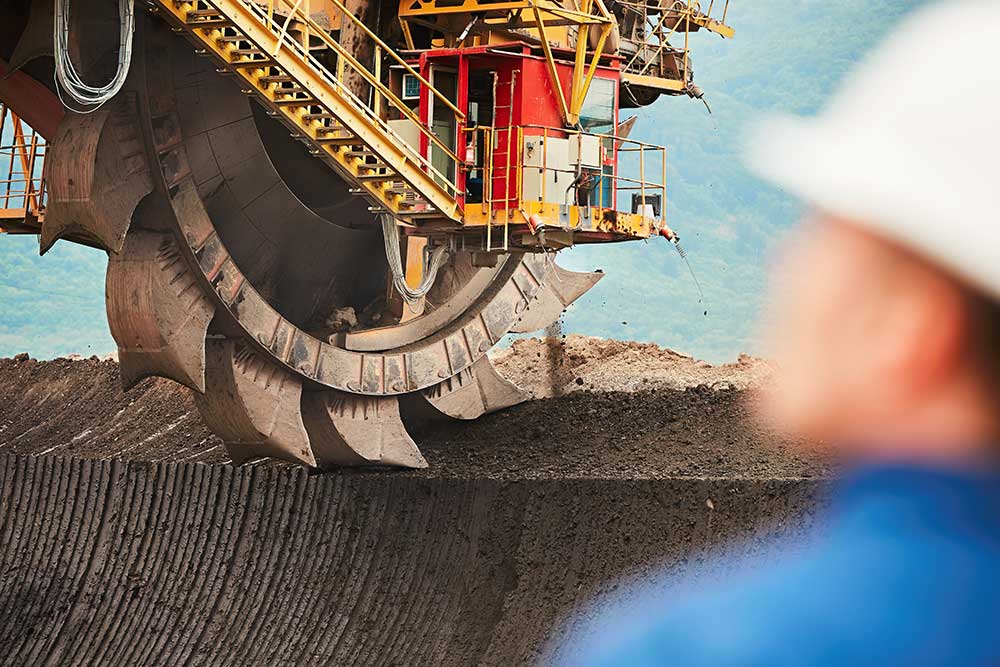
Mining – Oil and Gas Exploration – Construction
Industrial sites in areas with limited or no terrestrial connectivity use flat-panel satellite antennas to establish high-speed networks. This enables:
- Sensors connected via satellite internet can transmit crucial data on performance, efficiency, and potential malfunctions, optimizing maintenance and preventing costly downtime.
- Reliable voice and video conferencing facilitates streamlined decision-making, collaboration between remote teams, and even remote training sessions.
- Large files, including CAD designs, geological surveys, or engineering reports, can be easily shared between headquarters and remote sites, improving project execution.
Mobile Connectivity
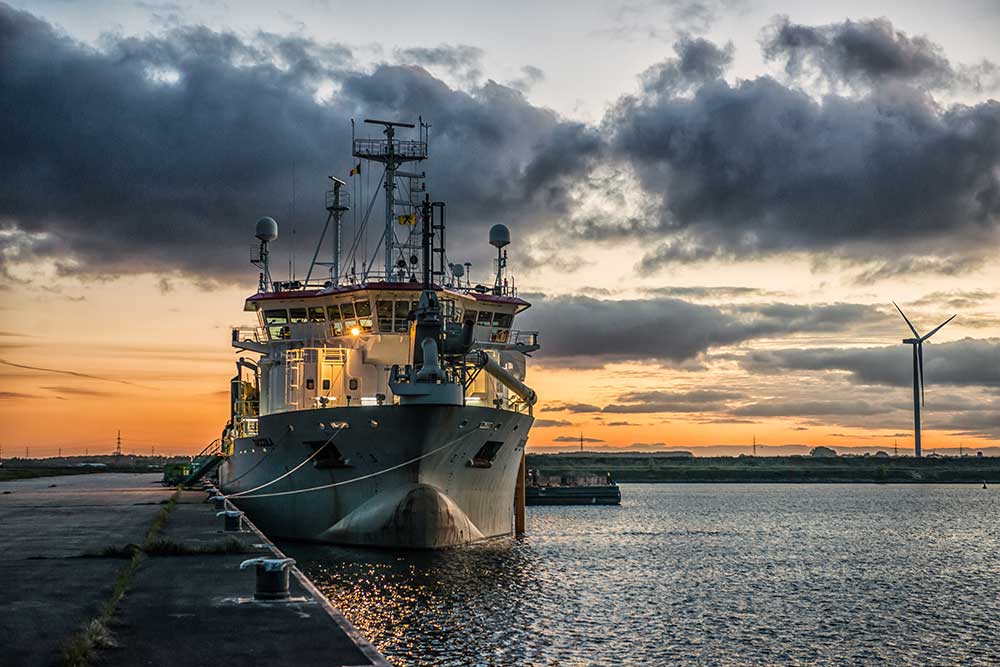

Fleet Management – Maritime Operations – Emergency Response
Flat panels provide always-on internet access to vehicles, ships, and aircraft, empowering several key applications:
- Companies can track vehicle locations in real time, optimize routes, manage fuel consumption, and ensure driver safety regardless of location.
- Vessels of all sizes can maintain communication with shore-based teams, access weather updates, optimize navigation, and even offer crew welfare connectivity.
- First responders can rapidly establish communications in disaster zones, coordinating relief efforts and providing crucial support where terrestrial infrastructure is compromised.
Harsh Environments


Weather Research – Offshore Platforms
The robust construction of flat panel antennas makes them ideal for industries operating in extreme conditions:
- Offshore rigs and remote drilling sites can withstand the harsh marine environment while enabling continuous data flow.
- Mines in challenging terrain can rely on satellite connectivity for equipment monitoring, safety communications, and data transfer.
- Temporary project sites in remote areas can quickly establish connectivity for collaboration, data sharing, and progress monitoring.
Major Flat Panel Providers in North America Today
Kymeta and Intellian are two leading forces driving North America’s adoption of flat-panel satellite antennas. At NTFS, we’ve worked extensively with both brands, and their solutions have consistently delivered reliable performance.
Here’s a closer look at their technology and offerings:
Kymeta
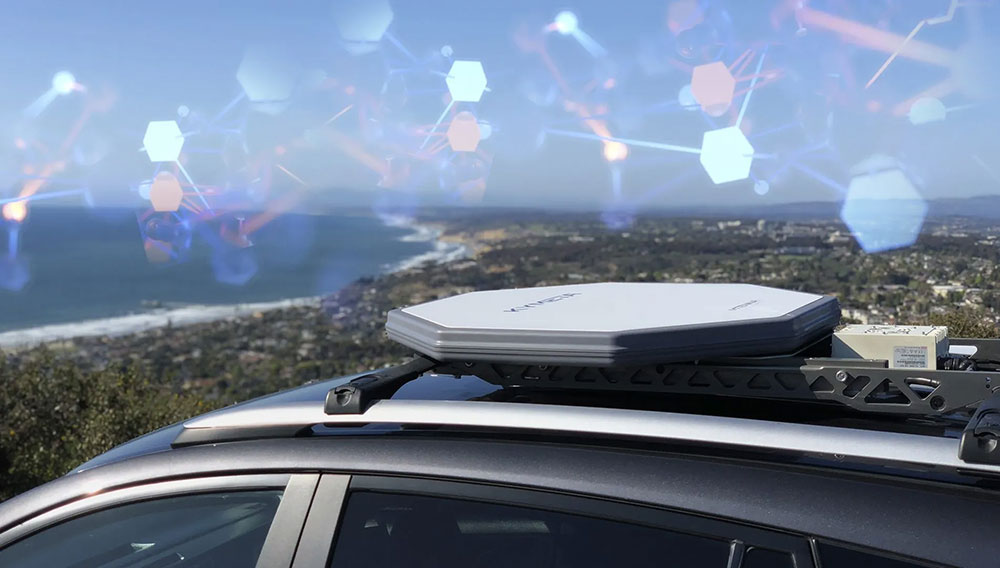

Kymeta stands out for its innovative electronically steered flat panel antennas, specifically designed with mobile connectivity. Their technology boasts a unique and secure approach, ensuring scalability and future-proof functionality.
Kymeta has made significant strides in maritime applications, with its antennas rigorously tested to withstand harsh maritime environments.
Kymeta’s solutions offer the flexibility to work with geostationary (GEO) and low Earth orbit (LEO) satellite networks, providing users with a wider range of connectivity options.
Kymeta’s dedication to mobility extends to its product line. A prime example is the Kymeta Peregrine u8, a purpose-built solution designed specifically for maritime use. This antenna boasts hassle-free installation and is pre-configured to deliver optimal performance on LEO networks. The Peregrine u8 maintains reliable connectivity even in rough seas, demonstrating its exceptional durability.
For land-based applications, Kymeta offers the versatile Hawk u8. This antenna excels in fixed and mobile scenarios, providing low-latency connectivity through LEO satellites. The Hawk u8’s robust design ensures reliable operation in various environments, while its innovative technology maximizes throughput. Galaxy Broadband, a trusted Kymeta partner, can help you leverage the Hawk u8 to elevate your land-based connectivity experience.
Intellian
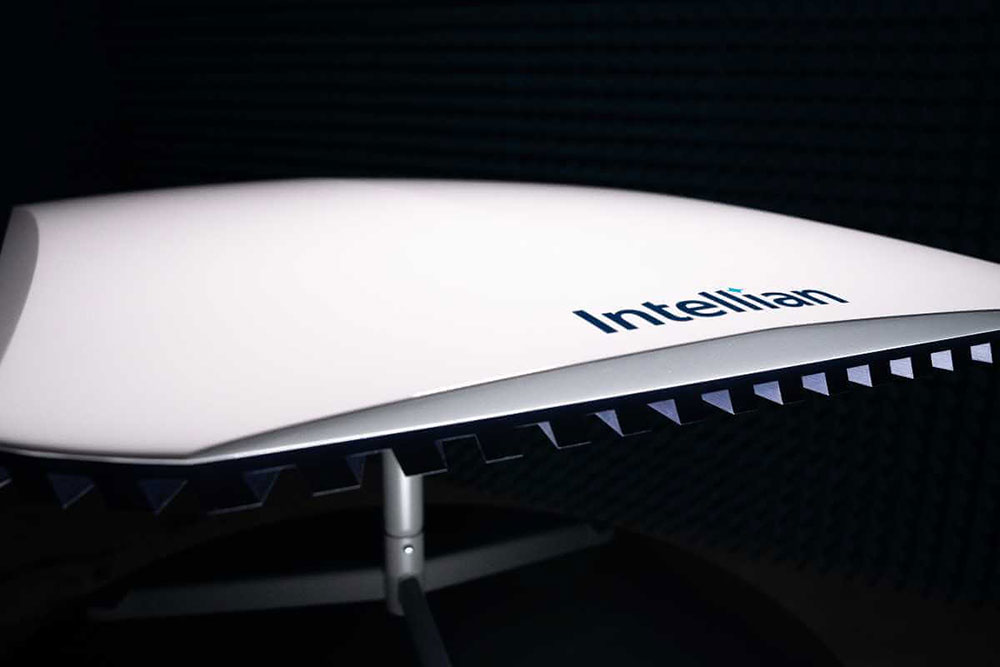

Intellian, on the other hand, focuses on a broader range of applications with their Flat Panel Series. This series encompasses Pro and Compact user terminals, catering to diverse markets, including land-based fixed and mobile uses, maritime operations, and government applications.
Intellian’s technology leverages active electronically scanned arrays (AESA) to achieve precise control of the antenna beam. This allows their antennas to work effectively with a mix of geostationary (GEO), medium Earth orbit (MEO), and LEO/MEO satellites, offering flexibility for users with varying network requirements.
The Flat Panel Series is known for its compact form factor, making it a valuable asset in space-constrained situations. Intellian’s antennas consistently deliver exceptional performance across different satellite constellations.
Flat Panel Satellite Antenna Installation for Business Applications
While generally simpler to install than traditional satellite dishes, flat panel antennas still require careful planning and expert execution to ensure optimal performance in a business setting. Here’s an overview of the key steps in the installation process:
1. Site Survey and Planning
An experienced technician will evaluate your intended installation location, identifying potential signal obstructions, suitable mounting surfaces, and power source access. They’ll also discuss your specific connectivity requirements (bandwidth, network integration) to tailor the setup to your business needs.
2. Mounting and Positioning
The antenna will be securely mounted on the selected surface (roof, vehicle, vessel) using appropriate hardware for its size and intended environment. Following the manufacturer’s specifications, precise positioning is crucial for optimal signal reception.
3. Cabling and Equipment Setup
Weatherproof cables will be run between the antenna and the indoor modem or transceiver. This equipment will then be integrated with your existing network infrastructure.
4. System Activation and Configuration
The technician will activate the service with your satellite provider and use specialized software to configure antenna settings. This ensures the beam is aligned to the correct satellite network and fine-tunes signal strength and data transmission parameters.
5. Testing and Optimization
A thorough testing will verify connectivity, speeds, and overall system functionality. Minor adjustments to antenna position or configuration may be needed for maximum performance.
Flat Panel Satellite Solutions with NTFS Installation Expertise
Flat panel satellite antennas transform businesses’ connections in remote, mobile, and challenging environments. Their compact size, rugged construction, and streamlined installation offer a powerful alternative to traditional satellite dishes.
Communication solutions companies like Galaxy Broadband trust NTFS as their outsourcing partner for expert flat panel satellite antenna installation. Our technicians bring years of experience, handling everything from antenna mounting to configuration and optimization.
With NTFS managing the installation process, communication companies can expand their service offerings while ensuring clients experience a smooth and efficient connectivity setup.

